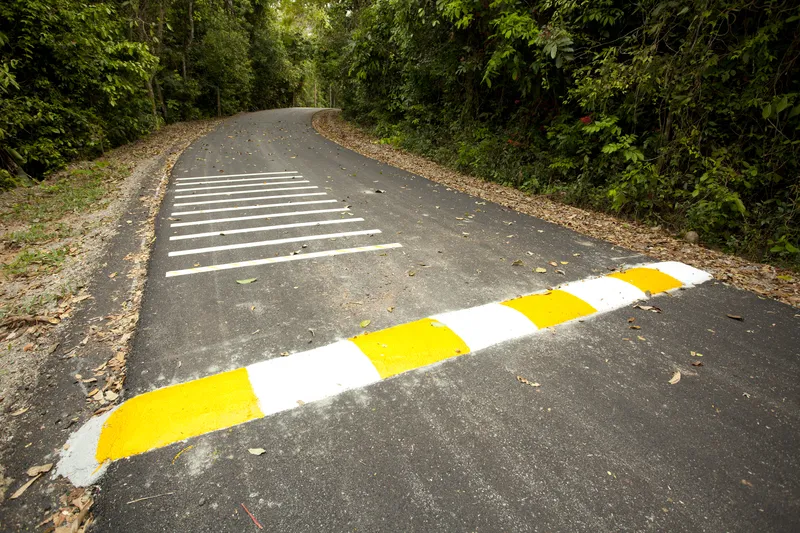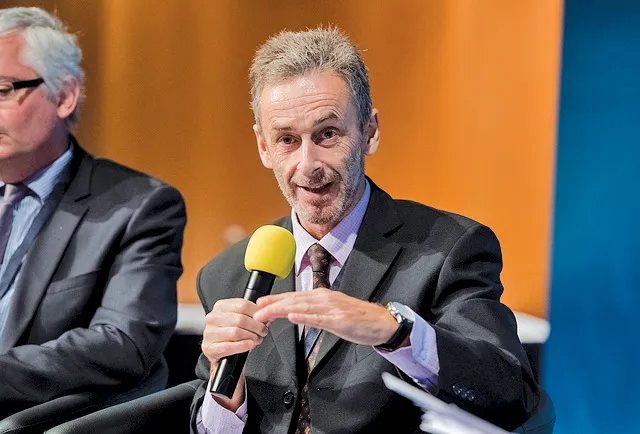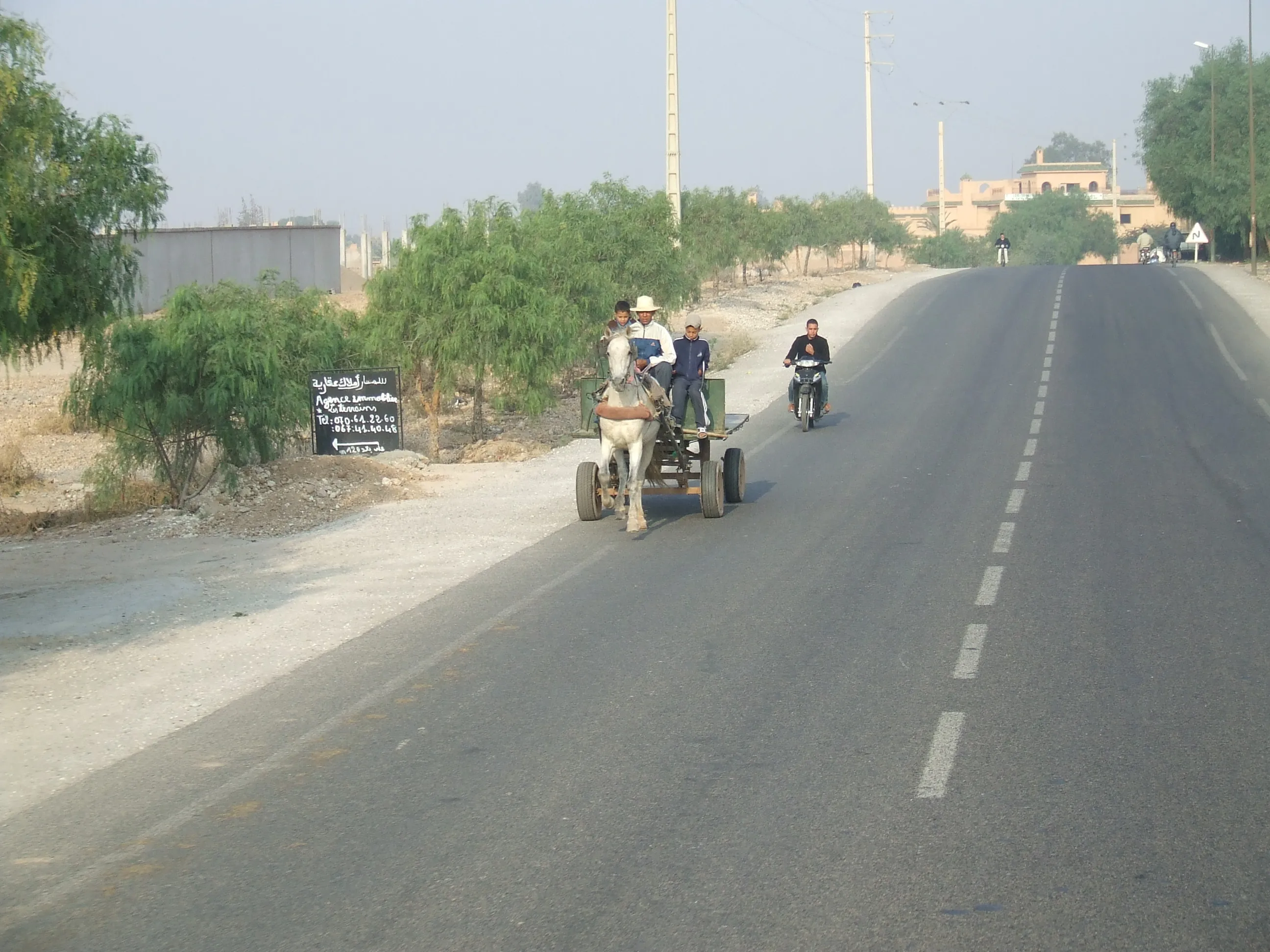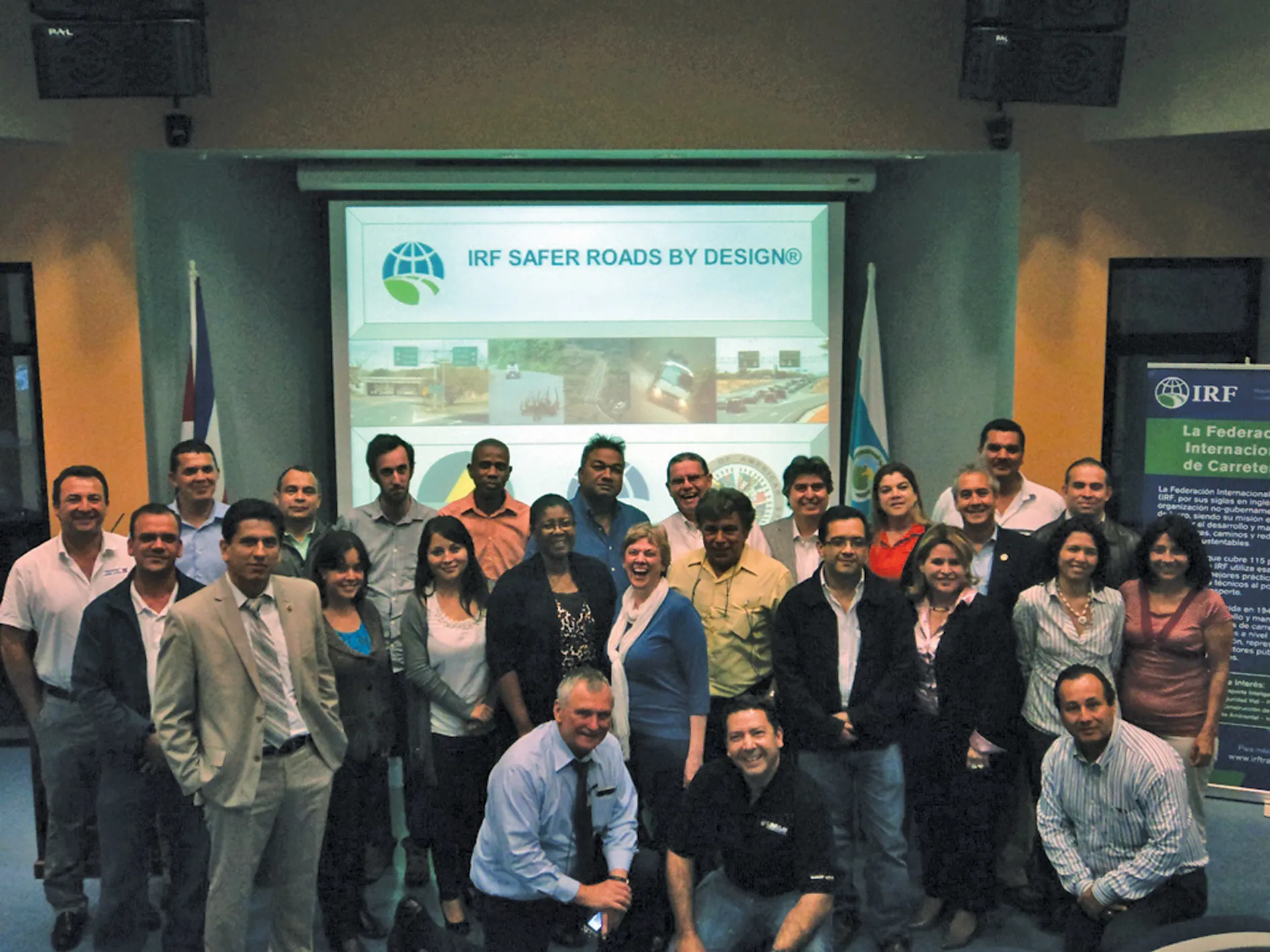
The report – based on a paper from Johns Hopkins University in the US city of Baltimore - modelled the year-by-year impact of the changes since 2016. The paper ‘Statistical estimation of fatal and serious injuries saved by iRAP protocols in 74 countries’ estimates the likely impact of road improvements in 1,039 infrastructure projects where the iRAP methodology and tools were used. It shows the application of the iRAP model will have prevented an estimated 699,768 deaths and serious injuries between January 2016 and the end of 2024.
Further, the paper projects that by 2044, the existing road treatments will prevent almost 3.2 million fatalities and serious injuries, given the average effective lifespan of 20 years.
The authors say this is the first study to measure the impact of road projects financed and implemented by governments, development banks, non-government organisations and private-sector road operators using the iRAP methodology and tools.
The International Road Assessment Programme (iRAP) is a registered charity dedicated to saving lives by eliminating high risk roads throughout the world. It ueses a robust, evidence-based approach to prevent unnecessary deaths and suffering. Importantly, iRAP works in partnership with governments, road authorities, mobility clubs, development banks, NGOs and research organisations to inspect high-risk roads and develop Star Ratings, Risk Maps and Safer Roads Investment Plans. It provides training, technology and support that will build and sustain national, regional and local capability.
The iRAP Star Rating Methodology provides an objective measure of road safety levels built into the road for vehicle occupants, motorcyclists, bicyclists and pedestrians. It presents an evidence-based measure of the likelihood of a crash occurring and its severity. A 1-star-rated road is the least safe while a 5-star road is the safest.
Examples of projects where the iRAP methodology has been used include Karnataka state in India. Deaths were reduced by 54% and injuries by 42% on a 62km-section of the Belagavi-to-Yaragatti highway.
In Victoria, Australia, deaths fell by 77% and hospital bed days were reduced by 74% on 1,730km of key highways. On a section of Highway 4028 in Thailand, zero fatalities and an 89% fall in injuries were noted. In Shaanxi, China, road deaths fell 33% and injuries more than halved on 850km of roads.
Meanwhile, in Albania, road deaths fell 23% following treatment on 1,335km of the nation’s busiest primary and secondary roads. England recorded a 54% drop in deaths on more than 7,000km of strategic network roads. In Bogotá, the Colombian capital, speed limit reductions informed by iRAP assessments resulted in a 22% reduction in fatalities.
“We are so proud and thankful for each, and every life saved by our partners around the world,” said Rob McInerney, chief executive of iRAP. “What this research shows is that countries and organisations that are making use of the iRAP methodology and tools to inform investment in safer roads – such as sidewalks and crossings, bicycle lanes, safety barriers and traffic calming – are having a real and measurable impact."
The iRAP partnerships now extend across more than 125 countries assessing 1.8 million kilometres of Star Ratings of roads and designs and 1.8 million kilometres of Risk Mapping.
Globally, road deaths and injuries have declined for the first time on record, according to the latest data from the World Health Organisation, which identified improving standards of roads as an important factor. The Global Plan for the Decade of Action for Road Safety 2021-2030 set targets for most journeys to be made on 3-star or better roads by 2030 and all new roads to be built to those standards.
“The Safe System approach emphasises safe road infrastructure as an essential component of its framework, said Abdulgafoor Bachani, report co-author and director of Johns Hopkins International Injury Research Unit. “Consequently, prioritising its integration into urban planning and development initiatives should become imperative in every city, country and region. We are optimistic that this study will serve to amplify the importance of safe infrastructure and inject renewed vigour into global road safety efforts.”
Saul Billingsley, execuctive director of the FIA Foundation Executive Director Saul Billingsley said: “The FIA Foundation is incredibly proud to be a core donor to iRAP’s work creating the tools and methodology to make roads safer for all.
“This analysis demonstrates the profound impact that iRAP is having around the world, saving hundreds of thousands of deaths and serious injuries through safe road assessment, design, and upgrades of roads,” said Saul Billingsley, executive director of the FIA Foundation, a UK-based international charity and donor to iRAP. “Now we need to see greater government investment and support from development banks to deliver safer road infrastructure over the next five years so that we can do everything we can to achieve the global goal to halve road deaths by 2030.”
The FIA Foundation was set up in 2001 by the Fédération Internationale de l'Automobile (FIA). It works closely with international agencies, expert technical partners, civil society organisations and member FIA clubs to help make road journeys and road sports safer for all, bey they Formula One drivers or children on bicycles going to school.









